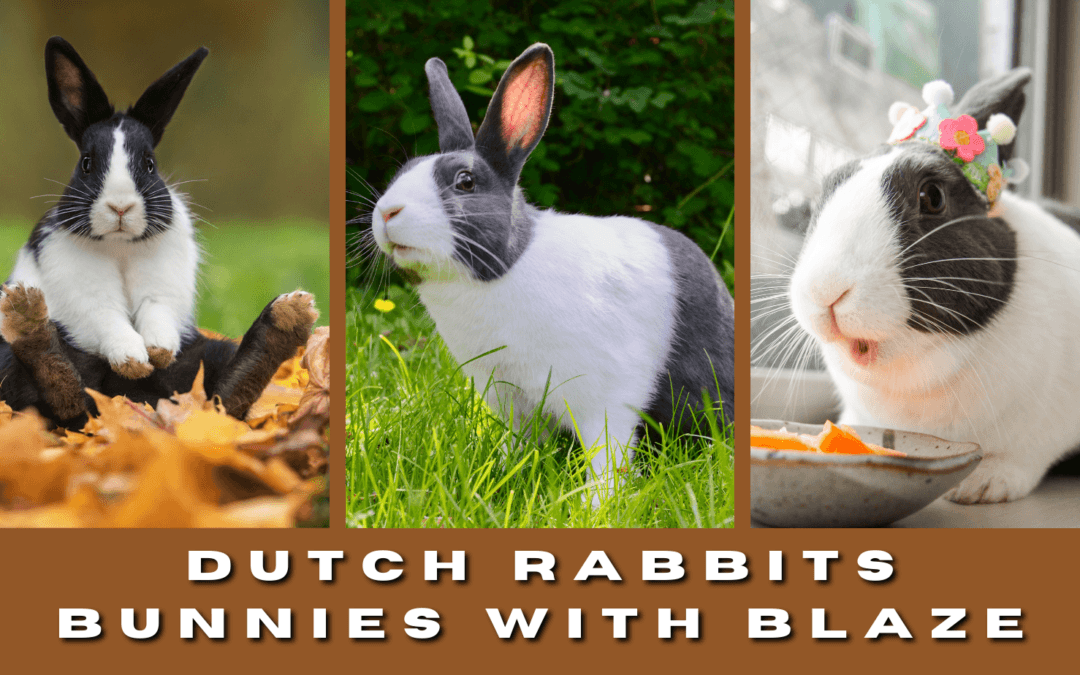Dutch rabbits are one of the most popular breeds around the world. They have unique markings making them easily distinguishable. New owners also love them as pets because their coats are easy to groom. Because they are playful and active, they can quickly get along with kids. But like other breeds, these rabbits need love and attention. Below are some of what you need to know about Dutch rabbits!
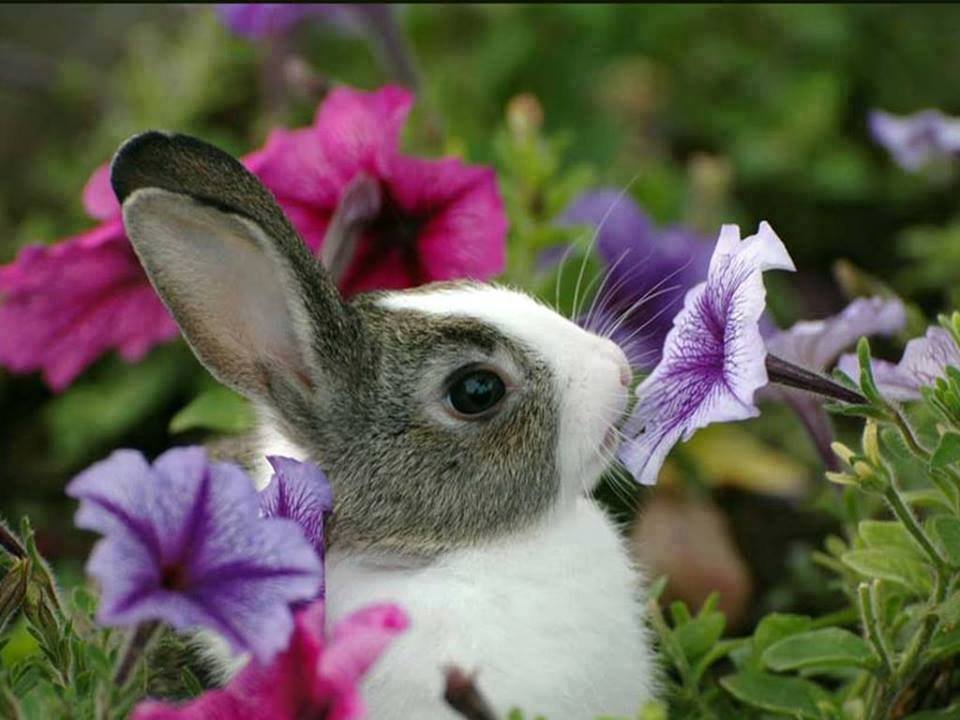
Dutch rabbit
Facts about Dutch Rabbits
| Body Size | Small |
| Body Weight | 3.5 lbs to 5.5 lbs |
| Body Shape | Compact |
| Life Span | 5 to 8 years |
| Colors | Chocolate, black, blue, chinchilla, steel, gray, tortoise |
| Rarity | Common |
| Similar Breeds | American rabbit, Havana rabbit |
| Best Suited for | New rabbit owners, families with older children, couples, singles |
| Origin | Europe |
Background and History
Known as the Branbander or Hollander, the Dutch rabbit is one of the oldest breeds in the world. Until now, the origin of these bunnies remains unclear. But according to “Domestic Rabbits & Their Histories,” this breed came from Belgium. The author, Bob D. Whitman, also said the bunny got its name in 1865.
However, other breeders argued that the Dutch rabbits originated in Holland in 1850. Although their origin is still debated, these breeds are descendants of Petite Brabacon. It is a bunny from the Brabant Region, Flanders, bred massively for its meat.
Dutch were among the first breeds recognized by the National Pet Stock Association. Because of their appearance, they became one of the most famous rabbits worldwide. However, their popularity decreased after dwarf rabbits were introduced. But Dutch rabbits remain in the top ten of popular rabbits. This breed is recognized by British Rabbit Council and American Rabbit Breeders Association.
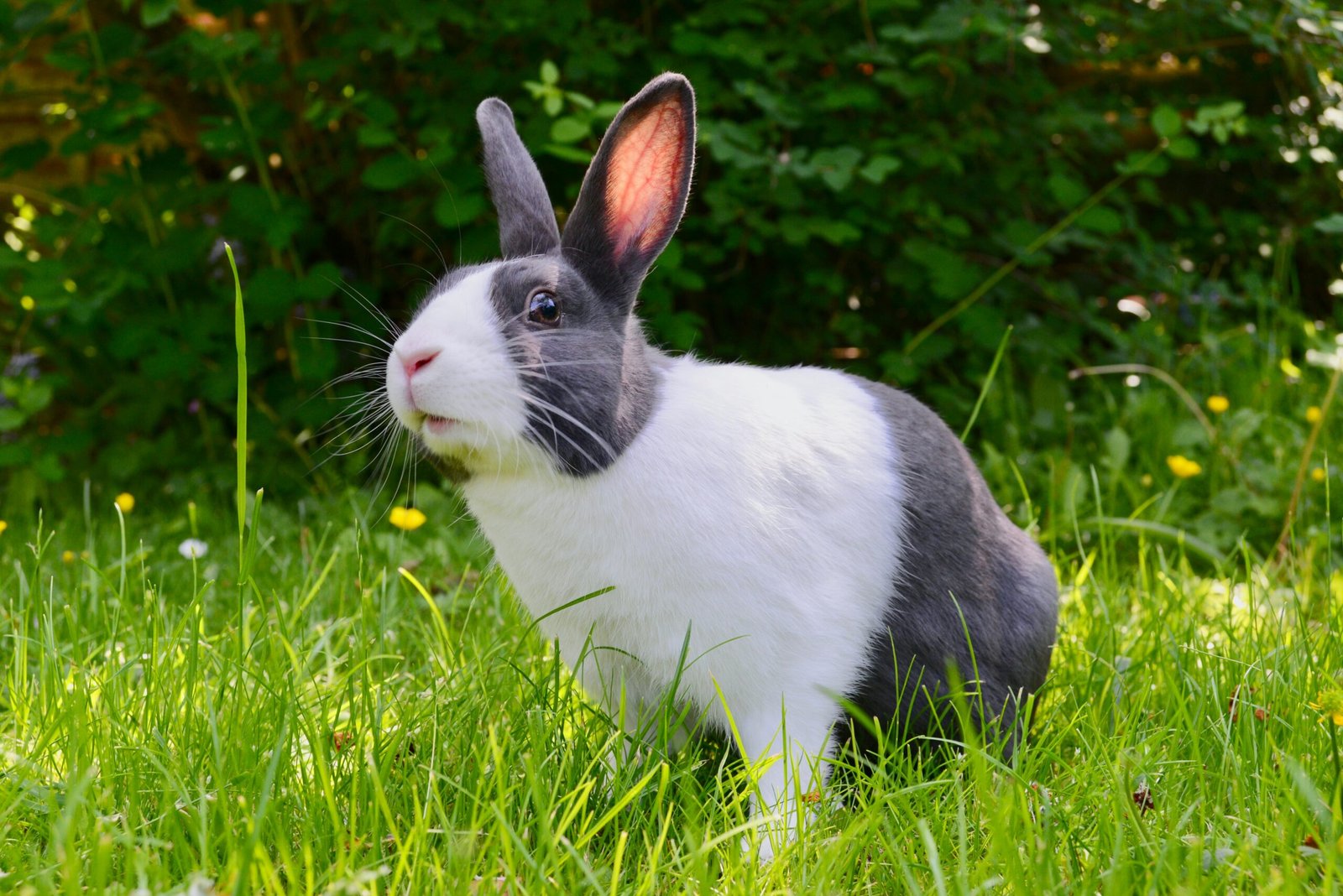
Features of Dutch Rabbits
Body Size
With their weight, Dutch rabbits are considered one of the smallest rabbit breeds. Their well-rounded, compact body can weigh up to 3.5 lbs to 5.5 lbs. They cannot grow more petite than the Holland lop, Mini Rex, and Netherland dwarf. Like other breeds, genetics and nutrition may affect a Dutch rabbit’s growth.
The body length of a Dutch rabbit is 11 to 14 inches. When standing, they can measure up to 7.9 to 9 inches. These bunnies can reach their full size after six to seven months. They also have broad heads and full cheeks. Their ears are upright, and they can reach 3.75 to 4.75 inches.
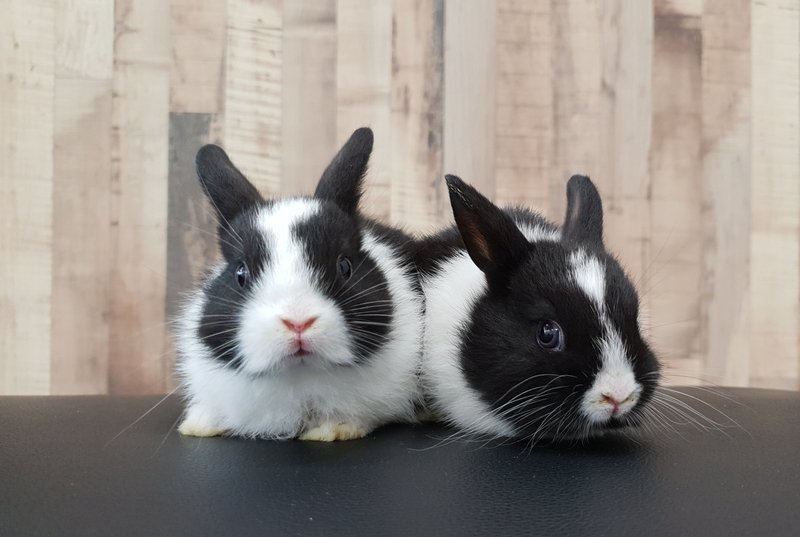
Coat
Because of the distinct markings of Dutch rabbits, breeders can easily recognize them. Dutch bunnies have markings on their faces called “blaze.” These markings are typically covering their whisker beds, noses, and ears. The markings’ shape, width, and placements are essential in judging.
The ideal neck marking is on the bunny’s collar behind its ears. It must be a wedge in shape and clean in appearance. The saddle marking is on the upper body, meeting the bunny’s colored fur. It looks like a perfect circle behind the shoulders and around the body. Another mark is the undercut, making a perfect circle behind the rabbit’s forelegs.
Since Dutch bunnies have short, glossy, flyback fur, they are effortless to groom. The long guard furs covered their soft underlayer. These bunnies are available in chocolate, black, blue, chinchilla, steel, gray, and tortoise.
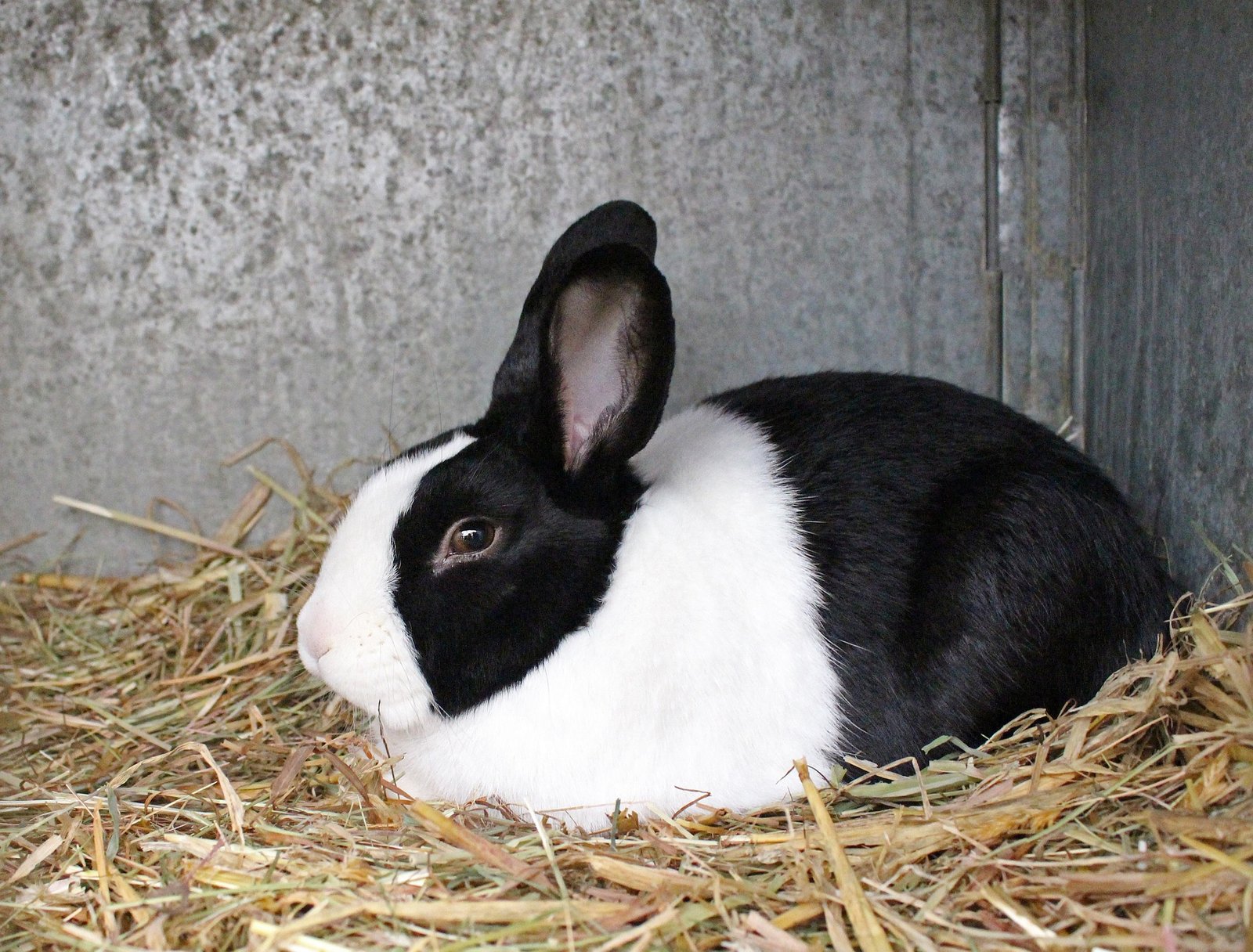
Temperament and Behavior
A Dutch rabbit has a docile and friendly nature, so it is perfect for beginners. But if the bunny is new to your home, you must give it time to adapt. You must not pick it up like any other breed since it may get stressed or frightened. Once it panics, it may bite or scratch you. Spend more time with the bunny until it gets comfortable with you.
As active breeds, Dutch bunnies love to play outside their hutches. Letting them stay too long inside their cages may result in depression and boredom. You can give them one hour per day to get out of their hutch. But keep an eye on it since there can be predators that can harm them. Aside from that, ensure you have a tall fence to prevent them from escaping.
These bunnies can get along with kids but are unsuitable for small children. Because of their size, Dutch bunnies can easily get injured if mishandled. They suit families with older children, couples, and singles best. They are also brilliant, so they can learn lots of tricks if you give them some time to train.
Dutch rabbits tend to get grumpy when they don’t receive enough attention. They love to be cuddled and snuggled. If you don’t have time to give them the attention they need, you can get them at least one or two rabbit companions. These bunnies are crepuscular, so expect them to be awake during dusk and dawn.
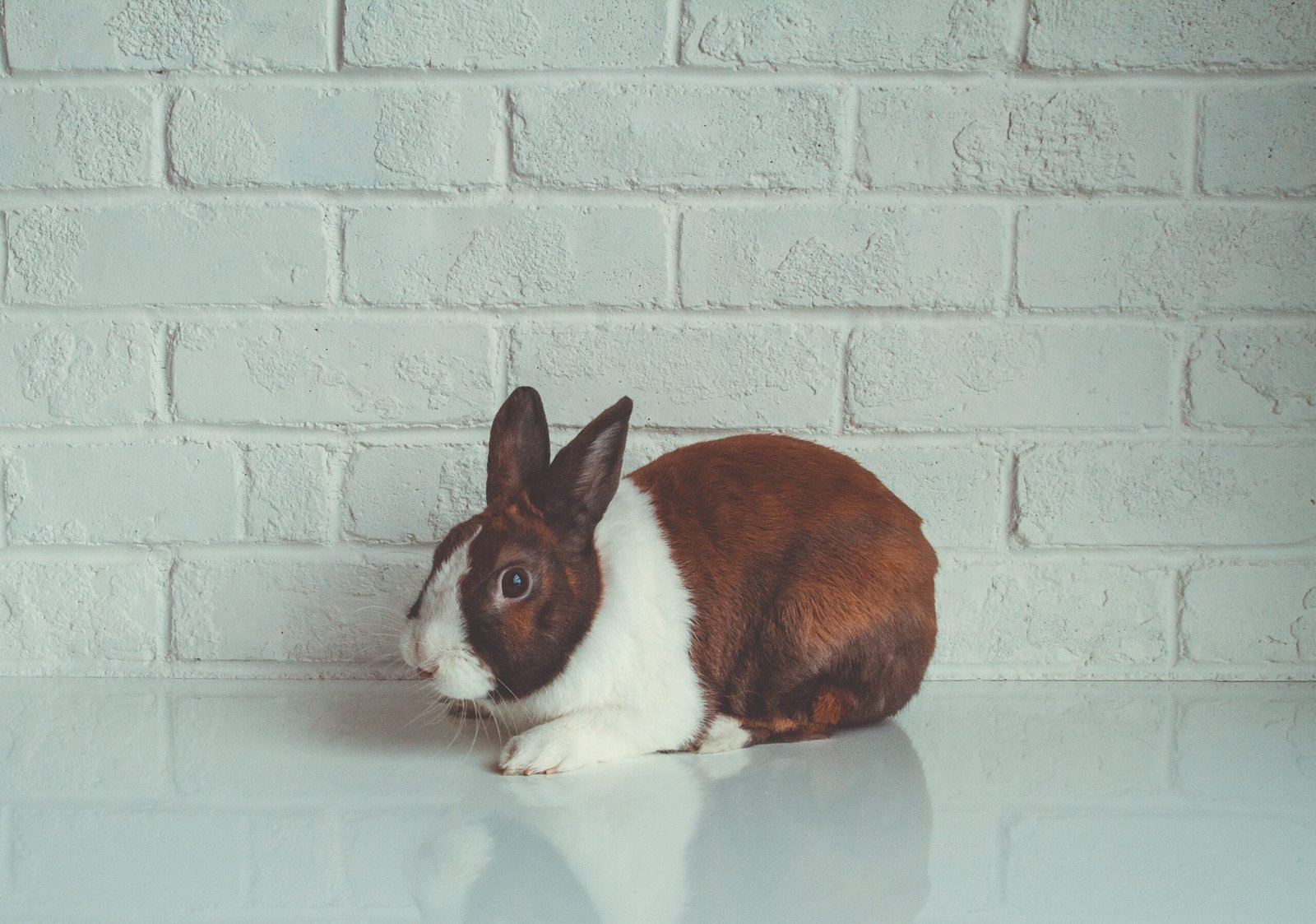
Grooming Dutch Rabbits
Compared to other long-haired bunnies, Dutch rabbits are easier to groom. Their coats are also less prone to matting and tangling. Brushing their coats at least once or twice a week will suffice. But if they are molting, you must groom them regularly to prevent them from ingesting their wool. A soft brush is one of the best tools for a Dutch rabbit’s fur.
You can brush the bunny’s coat while sitting on your lap. If it is uncomfortable, you can place a light cloth or towel on its head. If there are mats on its coat, you can use a mat splitter or mat rake since they are safer than scissors. You can pluck the loose fur using your hands if there is molting, but be gentle to avoid hurting your bunny.
Another activity you should not miss with your bunny is trimming its nails. Rabbits with longer nails tend to scratch themselves and get injured due to broken nails. For first-timers, it may be challenging since rabbits’ nails have quick. It is a vein running through every nail that bleeds when trimmed.
To keep the bunny healthy, you must check daily if it is experiencing diarrhea or injuries. During summer, you must watch out for flystrike. Clean the bunny’s bottom regularly. For the weekly task, you must check if the ears of the bunny have earwax buildup or have any parasites.
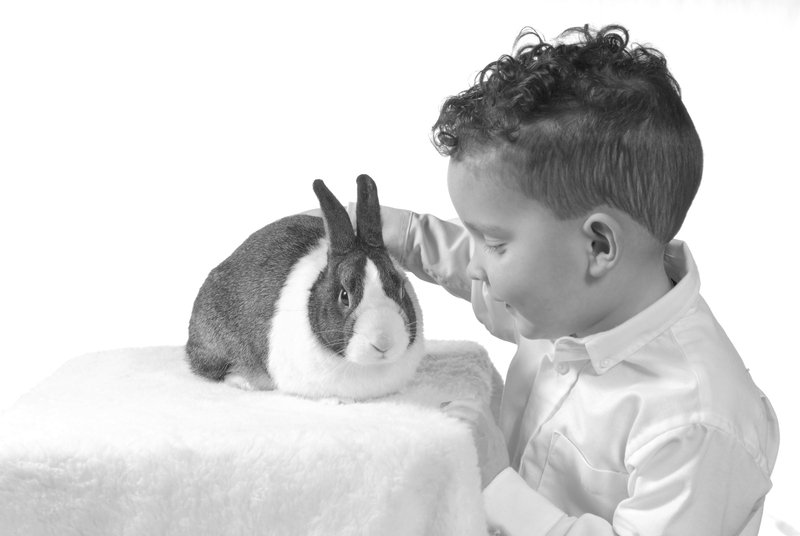
Proper Diet
A balanced diet consists of hay, pellets, vegetables, and small amounts of fruits. Hay is essential in a rabbit’s diet since it helps digestion. There are different types of hay that you can give to a bunny, such as timothy hay, oat hay, and orchard grass.
If you plan to give alfalfa to your adult bunny, mix it first with grass hay. Because of its rich calcium content, you can only provide it for at least four to five months. If hay is unavailable, you can also give fresh greens as a temporary supplement. Ensure that you wash them before feeding them to your bunny.
Even though vegetables are packed with nutrients, they must be given in moderation. Young bunnies must only eat veggies when they are five to six months old. You must check first if the vegetables are appropriate for your bunny. Good sources of nutrients are basil and parsley. They have antibacterial and anti-inflammatory properties.
You must also put pellets in your rabbit’s diet since they provide the nutrients your bunny needs. However, prevent giving pellets with additives, dried fruits, and seeds. These components are unhealthy for bunnies and may even lead to obesity. You must also put the pellets in a clean bowl and remove any uneaten food.
Fruits may seem like good treats, but they must be given occasionally. The high amounts of sugar in fruits are harmful to bunnies. If introducing new fruit or vegetable into their diet, give it a tiny portion first. Check if the bunny’s stool softens. If yes, then you need to stop giving the food.
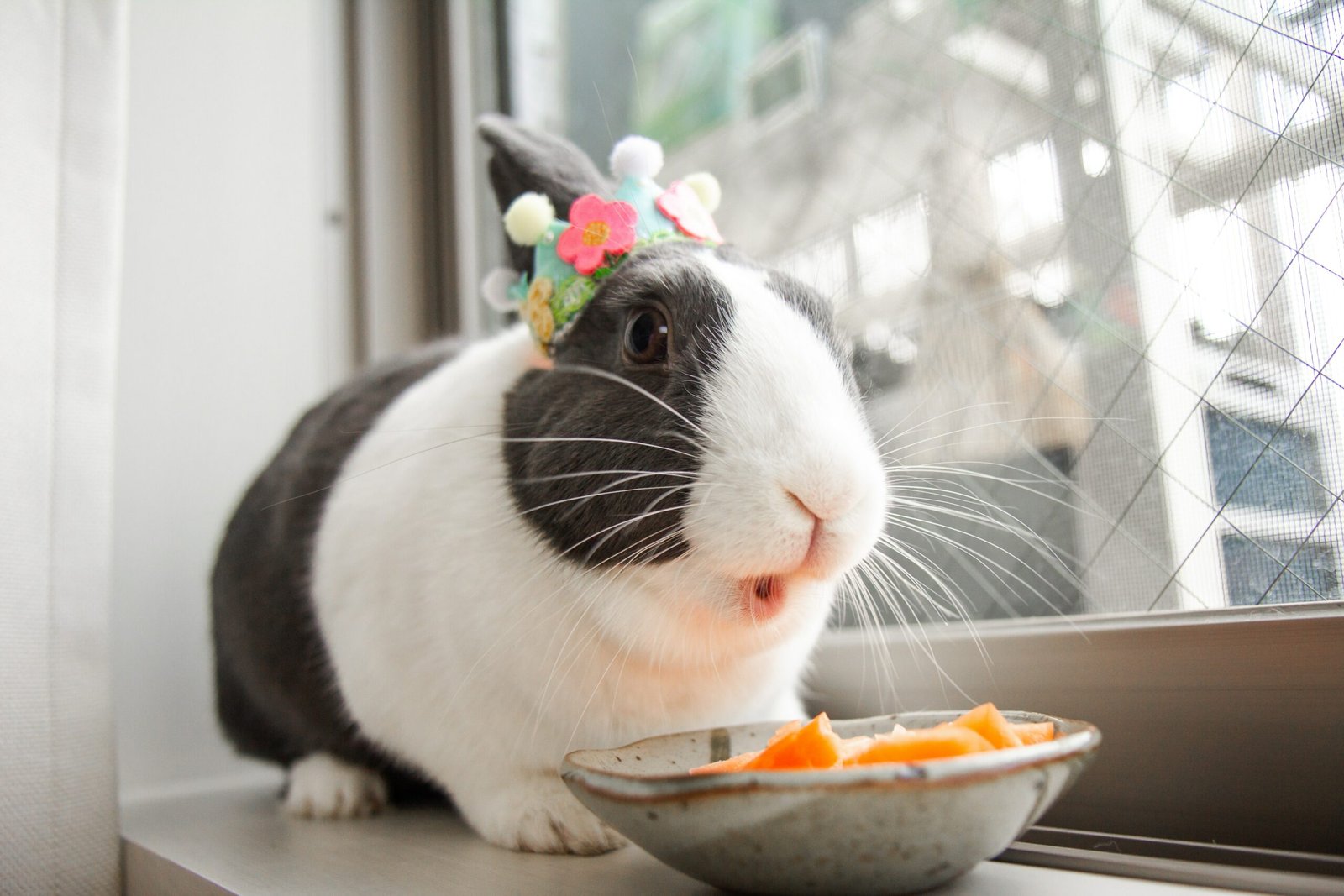
Habitat
As we mentioned before, Dutch rabbits are active pets. They need a large cage where they can hop around. They also prefer indoor hutches to outdoor ones since they crave attention. These bunnies would love to see you more often. Putting them inside your home protects them from predators and harsh weather.
If you don’t have available space inside your house, you don’t have a choice but to build a cage outside. The hutch must be sturdy to stand out from strong winds and aggressive predators. As much as possible, it must be above the ground. Ensure the area is large enough to accommodate your bunny and its supplies.
The bunny’s bedding must be made of safe materials that your bunny can chew or gnaw. You must also put some toys to keep the rabbit busy and preoccupied. Putting hiding spots will provide safe spaces, especially if it wants privacy.

Health Issues of Dutch Rabbits
Encephalitozoon Cuniculi (E. cuniculi)
One of the health issues that Dutch rabbits can experience is Encephalitozoon Cuniculi. E.cuniculi is a microscopic parasite that can attack the kidney or the brain. It can come from the mother of the bunnies or a rabbit companion carrying the parasite. If not treated immediately, it may lead to kidney failure.
Symptoms of this condition include the following:
- Seizures, cataracts, and deafness
- Unexplained behavioral changes
- Tilting of the head on one side
- Different movements of the eyes
- Unreasonable spinning or rolling
- Paralysis
- Frequent drinking and urinating
If your bunny has this condition, the vet must prescribe Panacur and Lapizole. It must be taken orally by the bunny for 28 days. The only way to prevent this disease is to isolate your bunny from other rabbits. However, it may also suffer from depression. The best thing you can do for your bunny is to check its health daily.
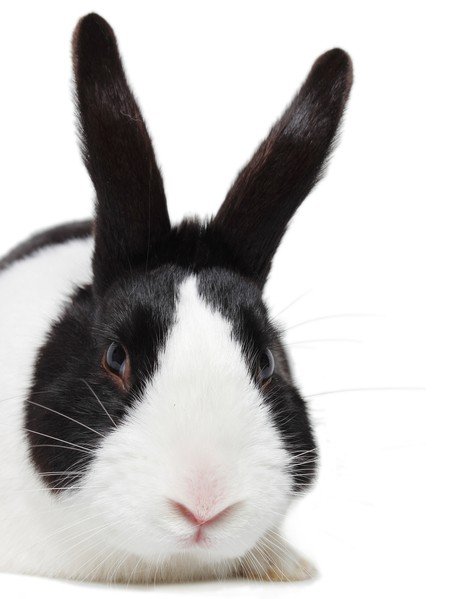
Pneumonia
Like humans, rabbits may also suffer from pneumonia. This condition is caused by severe inflammation in the lungs. The inflammation may come from infection due to viruses, parasites, or bacteria. Smoke, dental disease, and coma may also lead to this condition. Here are some of the symptoms of pneumonia in rabbits:
- Difficulty in breathing
- Discharge in eyes and nose
- Drooling
- Fever
- Sneezing
- Lethargy
- Weight loss
Since pneumonia is fatal, bringing it to the vet is necessary. The vet will give electrolytes and conduct fluid therapy if your bunny is dehydrated. Depending on the organism, antibiotics or antivirals may be prescribed. If the bunny has difficulty breathing, a nebulizer will clear the airways.
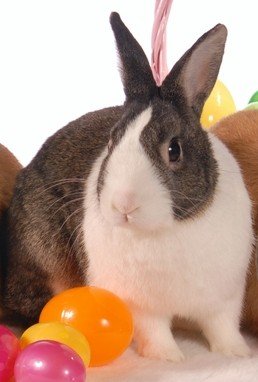
Frequently Asked Questions
How much do Dutch rabbits cost?
The average cost of a Dutch rabbit is $20 or $90. Pet quality rabbits range from $20 to $40, while those in rescue centers can be as low as $5 to $20. However, Show class bunnies are the most costly. When purchasing a Dutch rabbit, make sure you buy from registered breeders for the best ones.
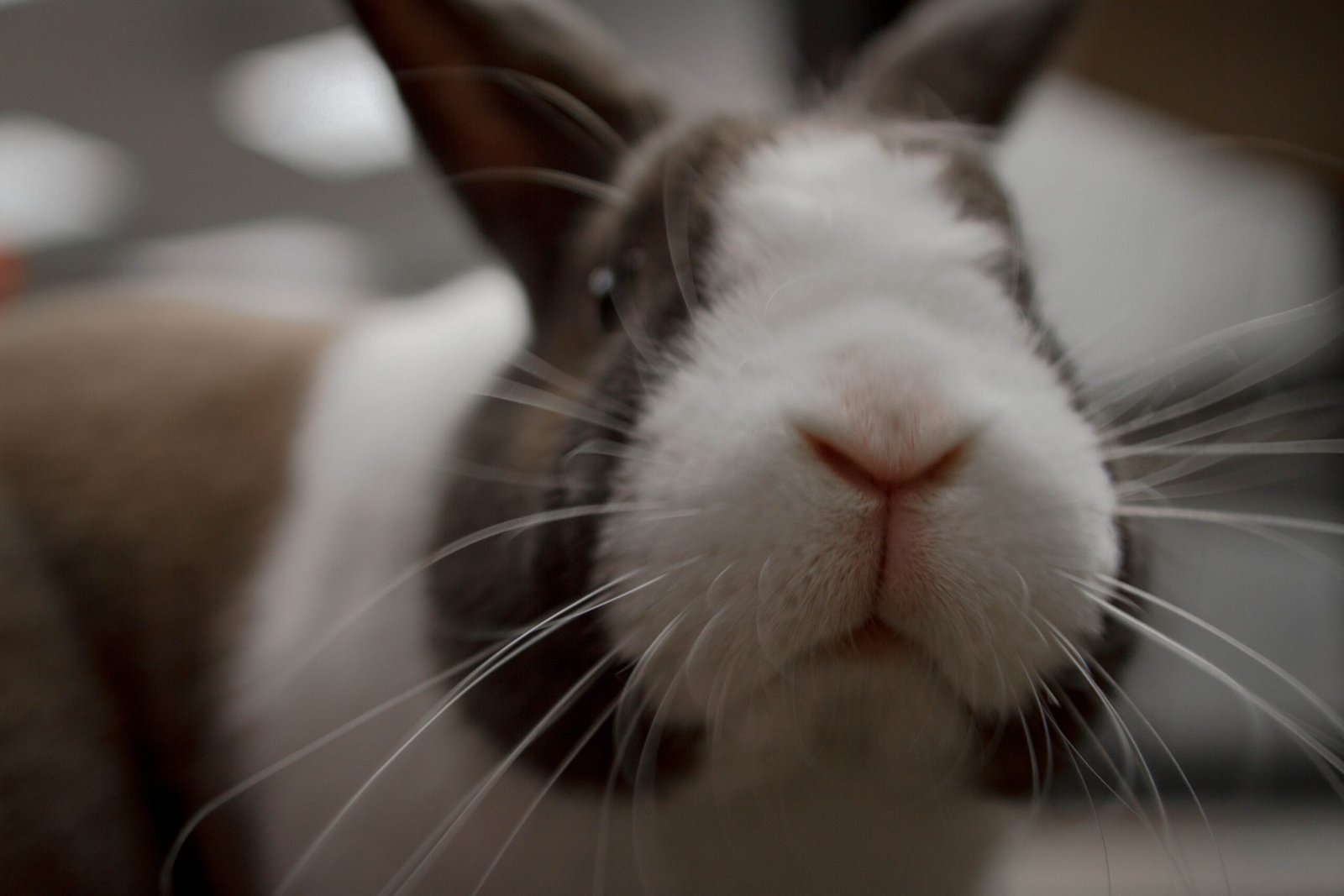
Do Dutch rabbits love to be cuddled?
Absolutely! Dutch rabbits love to be cuddled because they long for attention from their owners. But if they are new pets, you should not cuddle them immediately since they may bite you. Get their trust before you hold and pick them up.
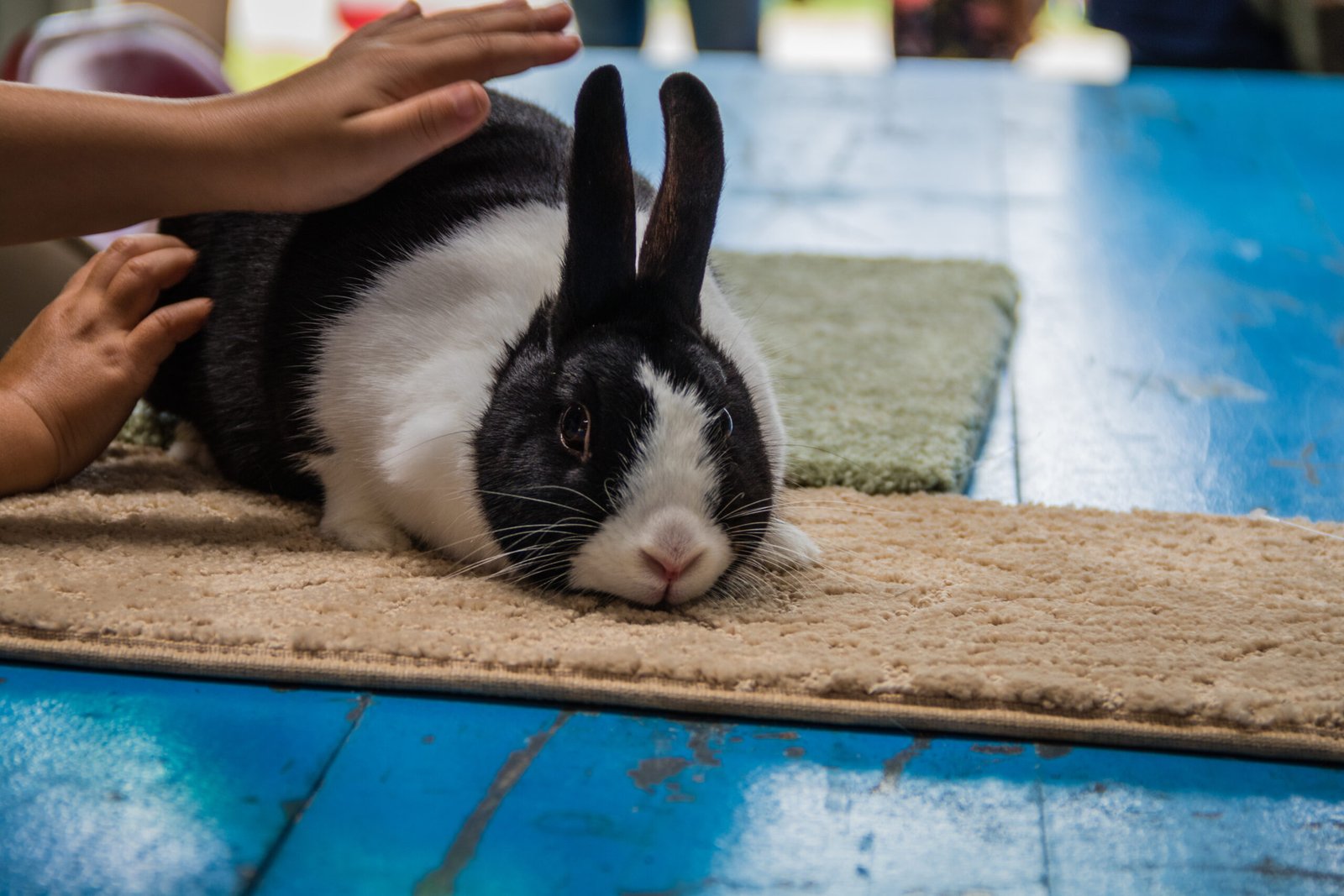
What is the ideal size of cage for Dutch rabbits?
Since these rabbits are small, a 24 by 24 inches cage is enough. Ensure that they can hop and stretch their body comfortably. You must also let them play outdoors once in a while because they are very active. Exercise is essential to their well-being.

Conclusion
Dutch rabbits are famous for their markings and outgoing personality. Compared to other long-haired bunnies, these furry pets have coats that are easy to groom. But if you are a person who is always busy, a Dutch rabbit may not be a good match. These bunnies love so much attention, and they may get grumpy if their owners ignore them.
Read More

